LED DefinitionAn Overview of LEDsElectronic components called Light Emitting Diodes (LEDs) release light when an electric current flows through them. When current is passed through the semiconductor materials that make up LEDs, they can emit photons. LEDs are more energy-efficient and durable than conventional light sources like incandescent bulbs and electric lights because they don't use heat to produce light. Since their creation in the 1960s, LEDs have found widespread use in various uses, from tiny indicator lights to sizable outdoor displays. Thanks to technological advancements, including general lighting in homes, buildings, and street lighting, LEDs are now more widely used and reasonably priced. Electronics, lighting for automobiles, medical equipment, and various other uses all use LEDs. 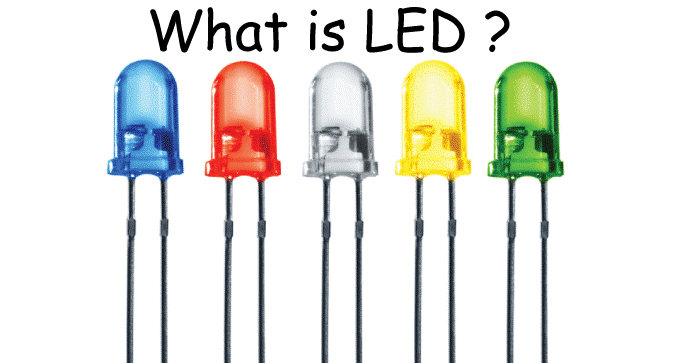
Evolution of LEDsThe invention of LEDs (Light Emitting Diodes) dates back to the early 20th century when British scientist H. J. Round found the phenomenon of electroluminescence. But it was in the 1960s that useful LED technology was created, opening the door for LEDs to be widely used in various uses. Some significant dates in the development of LED lighting are listed below:
Overall, the development of LEDs has been a tale of innovation and steady advancement, propelled by the efforts of scientists and engineers worldwide. The advancement of LED technology has revolutionized how we illuminate our residences, places of business, and cities, and it continues to present exciting future possibilities. 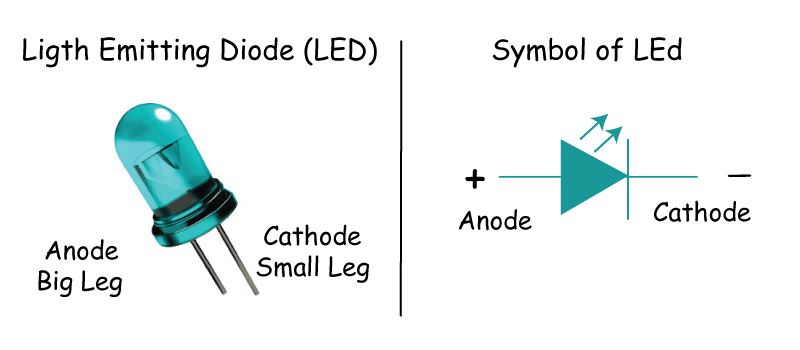
How LEDs OperateThe electroluminescence concept underlies how LEDs function. When an electric current is transmitted through certain materials, a phenomenon known as electroluminescence occurs. A semiconductor makes up an LED, and the most common types are gallium arsenide (GaAs), gallium nitride (GaN), and indium gallium nitride. (InGaN). To produce an excess of electrons on one side of the semiconductor material (known as the n-type region) and a deficiency of electrons on the other (known as the p-type region), the semiconductor material is doped with impurities. Electrons from the n-type area of the LED move toward the p-type region when a voltage is applied. Photons are produced due to their interaction with positively charged "holes" in the p-type area. The energy difference between the two areas determines the light's color resulting from the photon's emission. Electrical energy is converted into illumination by LEDs very effectively. LEDs are more effective at providing light precisely where required because, unlike conventional light sources, they only emit light in one direction. LED CharacteristicsCompared to conventional light sources, LEDs are distinguished by several features. The following are some of the key traits of LEDs: Energy EfficiencyLEDs use up to 90% less energy than conventional light sources to generate the same amount of light, making them extremely energy-efficient. They are, therefore, a well-liked option for lighting applications where energy consumption is an issue. Long LifetimeLEDs can last up to 50,000 hours or more, much longer than conventional light sources. This lessens the requirement for frequent replacements, which can reduce trash and help save money. Low Heat EmissionLEDs produce significantly less heat than conventional light sources, making them safer and more comfortable, particularly in small areas. Instant On/OffLEDs switch on and off without waiting for a warm-up period. They are, therefore, a well-liked option for apps that demand quick switching. Lighting EffectsLEDs can emit light in various hues, and their emission can be controlled to produce various lighting effects. This makes them a well-liked option for entertainment and architectural lighting uses. DurabilityLEDs are excellent for harsh environments or outdoor uses because they are extremely durable and impervious to shock, vibration, and extreme temperatures. Dimmability makes LEDs a flexible lighting solution tailored to various environments and requirements. LEDs can be dimmed to various brightness levels. Varieties of LEDsLEDs come in various varieties, each with special qualities and uses. Among the most popular kinds of LEDs are: 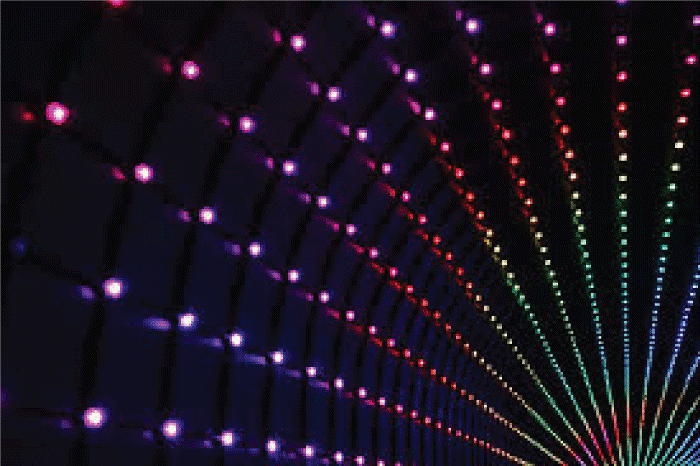
Surface Mount Device LEDsSmall, surface-mounted LEDs known as Surface Mount Devices (SMD) are frequently found in electronic products like TVs and smartphones. They put out bright light in a tiny package and are very efficient. High-Power LEDsCompared to SMD LEDs, these are bigger LEDs that can generate much higher brightness levels. They are frequently employed in lighting uses like floodlights and streetlights. Organic LEDsOrganic LEDs (OLEDs) are a particular kind of LED that generates light using organic materials. They are extremely efficient and create brighter, more vibrant colors than traditional LEDs. They are frequently found on TV and smartphone screens. UV LEDsThese LEDs emit ultraviolet light, which is helpful for processes like sterilization, material curing, and detecting fake money. IR LEDsIR (Infrared) LEDs emit infrared light, which is helpful for devices like security cameras and remote controls. RGB LEDsRed, green, and blue light are combined in RGB LEDs to produce a variety of colors of illumination. They are frequently employed in applications for entertainment and architectural lighting. LED ArraysMultiple LEDs organized in a grid or array are known as LED arrays. They are frequently used in high-power lighting applications because they can generate a lot of light in a small package. The Uses of LEDsFrom small electronic devices to extensive lighting installations, LEDs have various uses. The following are some of the most widespread uses for LEDs: LightingLEDs are utilized in various lighting applications, including architectural lighting, street lighting, general lighting for homes and workplaces, and automotive and street lighting. Energy-efficient, durable, and capable of producing a variety of colors and lighting patterns, LED lighting is a great choice. Electronic DisplaysElectronic displays, like those on smartphones, TVs, and computer monitors, frequently employ LED technology. Organic LED-based OLED displays are especially well-liked for their sharp contrast and vibrant colors. Automotive LightingLEDs, including interior lighting, taillights, and headlights, are increasingly used in automotive lighting. Because of their brightness and durability, LED headlamps are especially well-liked. Medical EquipmentVarious medical equipment uses LEDs, such as phototherapy lamps to treat skin diseases and dental curing lights to harden dental fillings. 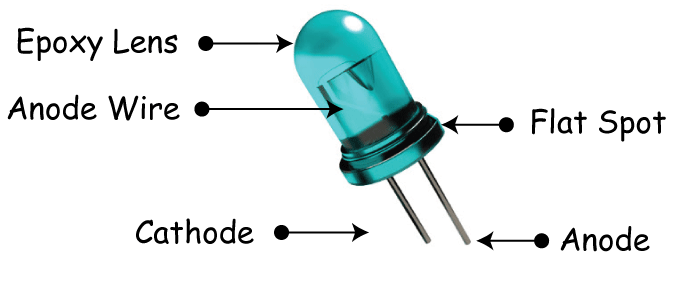
SterilizationUV LEDs are used in sterilization processes to eliminate bacteria and other microorganisms in hospitals and food processing plants. HorticultureTo cultivate plants indoors, LEDs are increasingly being used in horticulture. The precise light wavelengths that plants require for photosynthesis can be delivered by LED grow lights, which can also be tailored for various phases of plant development. EntertainmentLEDs, including stage lighting and displays, are frequently used in entertainment-related uses. For concerts, festivals, and other gatherings, RGB LEDs can produce a variety of colors and lighting effects. LED PartsA semiconductor gadget called an LED (Light Emitting Diode) transforms electrical energy into light. The essential elements of an LED are as follows: Semiconductor MaterialThe semiconductor material at the center of an LED produces light when an electric current flows through it. Indium gallium nitride, gallium phosphide, and gallium arsenide are LEDs most popular semiconductor compounds. (InGaN). P-type and N-type LayersTwo layers of semiconductor material, one with an excess of positively charged "holes" (P-type) and the other with an excess of negatively charged "electrons" (N-type) make up an LED. (N-type). The "p-n junction," the active area where light is produced, is created when these two layers are combined. ContactsThe P-type and N-type sections are attached to metal contacts that enable the LED to be powered by an electric current. Typically, contacts are composed of silver, gold, or aluminum. Encapsulation SubstanceThe semiconductor chip is frequently enclosed in a transparent or translucent material that diffuses the light while shielding the chip from harm. Epoxy resin or a polymer is typically used as the encapsulation substance. Reflective LayerBy reflecting any light that would otherwise be wasted back towards the top of the LED, a reflective layer may be added to the bottom of the LED to improve the device's efficiency. LensTo focus the light in a specific area or to disperse it more equally, a lens may be attached to the top of the LED. Glass, acrylic, silicone, and other materials can all be used to make lenses. An LED is a fairly straightforward device with only a few parts that work together to create light. However, an LED's precise structure and composition can change based on the device's use and performance needs. LED Assembly and PackagingLEDs (Light Emitting Diodes) need specialized packing and assembly methods to safeguard the semiconductor material and enhance performance. Here are some significant components of LED construction and packaging: Wire BondingLED chips are usually connected to metal contacts using a process known as wire bonding. To do this, tiny wires made of gold or aluminum that can be as thin as a few microns must be attached to the chip and the contact pads. The cables are then heated to forge a lasting connection. EncapsulationThe LED chip is frequently encapsulated in a transparent or translucent substance to prevent harm and aid in light distribution. To enhance the efficacy of the LED, encapsulation materials may also include additives made of a variety of polymers or epoxy resins. 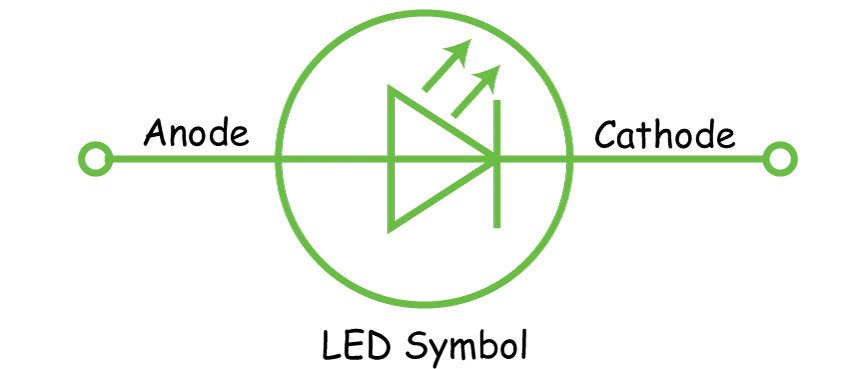
SolderingMetal contacts and other parts are frequently soldered onto the LED package to create a finished gadget. To join two metal surfaces, soldering entails melting a metal alloy at a high temperature. Lead FramesLead frames frequently give the LED chip and other components a stable base. A narrow piece of metal called the lead frame has tiny tabs that can be bent to create the LED package's contact pads and support framework. Testing and InspectionTo ensure the LEDs meet performance requirements and quality standards, they are usually put through several tests and inspections after packaging and assembly. Testing for electrical properties, luminous intensity, color temperature, and other factors may fall under this category. Benefits and Drawbacks of LEDsWhen compared to conventional light sources, LEDs have both benefits and drawbacks. The following are some of the most important benefits and drawbacks of LEDs: AdvantagesEnergy-Efficient LEDs are a more economical and environmentally friendly lighting choice because they consume up to 90% less energy than conventional light sources. Long Lifespan LEDs are much longer than conventional light sources, negating the need for routine upkeep and replacement. Instantaneous On/Off LEDs are ideal for applications that call for fast switching because they don't need to warm up before turning on or off. Low Heat Emission LEDs emit less heat than conventional light sources, making them safer and more comfortable, especially in enclosed areas. Color Control Because LEDs emit light in various colors and can be controlled to create different lighting effects, they are a common choice for architectural lighting and entertainment. DisadvantagesHigher Initial Cost LEDs are more expensive than traditional light sources. However, long-term financial gains from reduced energy use and upkeep can compensate for this. Limited Heat Tolerance LEDs can only be used in certain high-temperature situations because they are sensitive to heat and can be damaged if they become too hot. Blue Light Risk If appropriate precautions are not taken, the high levels of blue light that some LEDs emit over time may damage the eyes. Color Accuracy In applications where accurate color representation is essential, some LEDs' color rendering index (CRI) may not correctly represent colors. Dimming Compatibility If dimming functionality is required, careful selection may be necessary because not all LEDs are compatible with dimmer switches. Overall, LED's benefits vastly exceed their drawbacks, making them well-liked and quickly expanding lighting technology. LED FutureLEDs have a bright future as this technology develops and finds new uses. The following are some of the major trends and developments influencing the growth of LEDs: Enhanced EfficiencyLED producers are constantly working to create more effective LEDs that consume less energy and emit even stronger light. Costs will decrease as a result, and LED lighting usage will rise even more. Smart LightingAs smart home technology becomes increasingly integrated, users can use smartphones or voice assistants to manage their lighting. This will open up fresh possibilities for energy personalization and cost reduction. Integration with the Internet of Things (IoT)LEDs are combined with IoT gadgets and sensors, opening up new opportunities for use in smart cities and buildings, such as occupancy detection and environmental monitoring. Human Centric LightingLighting environments that promote human health and well-being are being created with LED technology, such as circadian lighting that resembles natural sunlight. MiniaturizationNew opportunities for applications, such as wearable technology and medical devices, are being opened up by LED technology advancements, allowing the creation of smaller, more compact LEDs. RecyclingAs LEDs spread, there will be a greater need for recycling and appropriate LED component disposal. This will open up new possibilities for developing eco-friendly production techniques and materials. Overall, LED's future appears bright.
Next TopicLens Definition
|
 For Videos Join Our Youtube Channel: Join Now
For Videos Join Our Youtube Channel: Join Now
Feedback
- Send your Feedback to [email protected]
Help Others, Please Share









